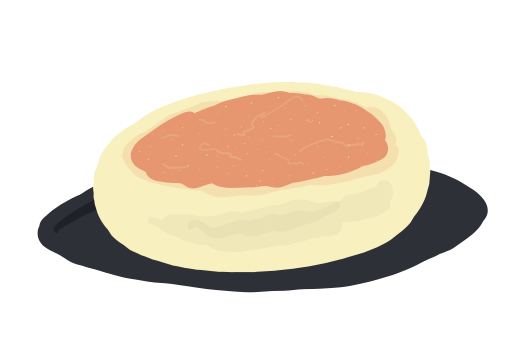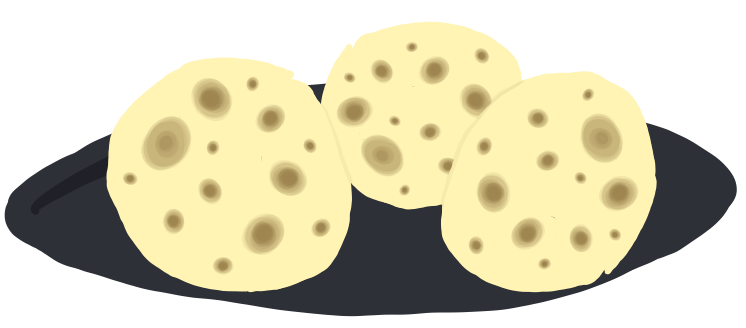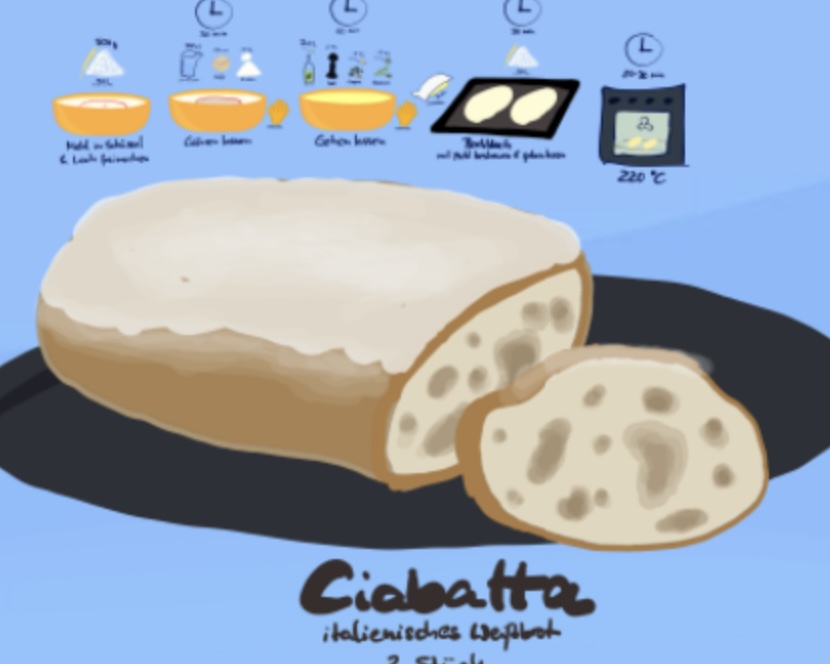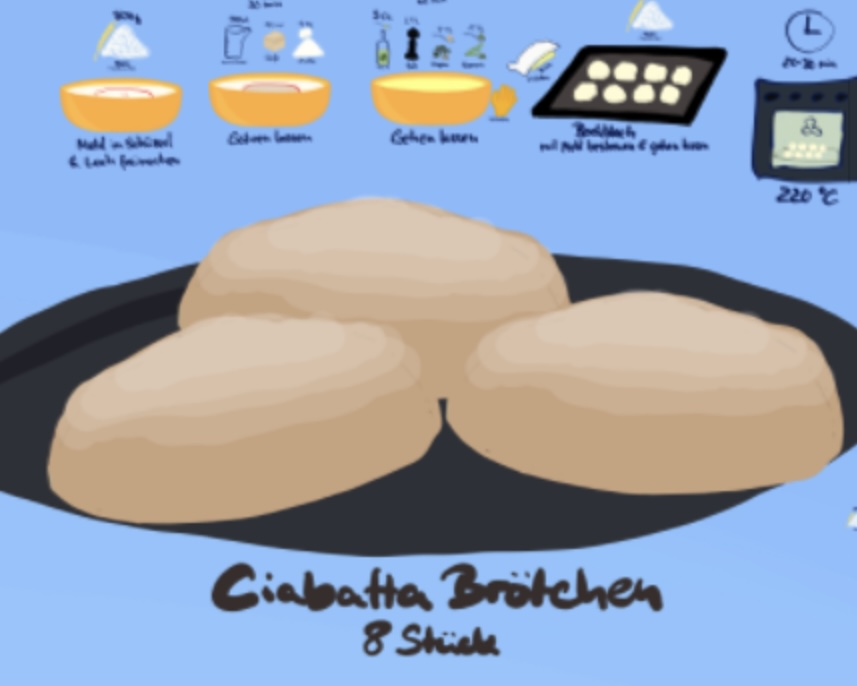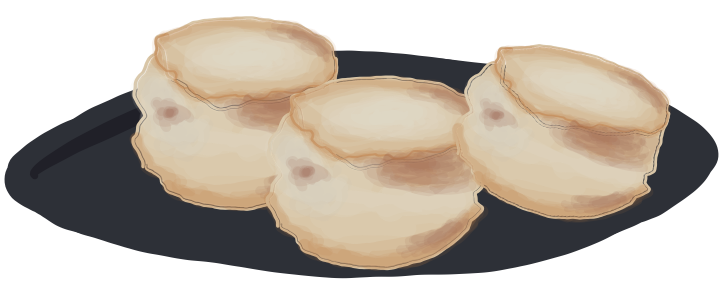Herb-Infused Focaccia Recipe
Soft and flavorful, topped with olive oil and herbs, a versatile flatbread.Instructions: Tap the Map & Cook Along 👇
Focaccia: The Versatile Canvas of Italian Baking
In the rich tapestry of Italian cuisine, where each dish tells a story of tradition and artistry, focaccia stands out as a versatile and beloved staple. This ancient flatbread, with its roots stretching back to the time of the Romans, has evolved into a culinary canvas that invites creativity and indulgence. With its crisp exterior, soft interior, and characteristic dimples that hold droplets of olive oil and herbs, focaccia is not just bread—it's a celebration of simplicity and flavor. Let’s delve into the world of focaccia and discover how this humble Italian bread can transform your baking repertoire and delight your taste buds.
The History of Focaccia
Focaccia's history is as rich as its flavor. Originating from ancient Rome, where it was known as "panis focacius," focaccia was traditionally baked in the ashes of the hearth—a practice that its name reflects, as "focus" means hearth in Latin. This bread was a staple for travelers and soldiers because of its portability and durability. Over the centuries, focaccia has become a beloved part of Italian food culture, with each region adding its own twist to the classic recipe, from the rosemary-laden focaccia of Genoa to the sugar-topped version in Recco.
The Art of Focaccia Baking
Creating focaccia is as much an art as it is a science. The basic ingredients—flour, water, yeast, and salt—are simple, yet the results are anything but. What makes focaccia truly special is the olive oil, which is generously used to give the bread its distinctive moist texture and rich flavor. The process involves creating a soft, sticky dough that is then spread into a baking tray, dimpled with fingers to form pockets, and drizzled with more olive oil. These pockets become little wells that capture the flavors of added toppings like rosemary, coarse salt, and even sliced olives or onions.
The Versatility of Focaccia
Focaccia’s true appeal lies in its versatility. This bread can be enjoyed on its own, dipped in balsamic vinegar and olive oil, or it can serve as the base for various toppings, transforming it into a standalone meal or an exquisite side. The flat surface is perfect for experimenting with flavors—sun-dried tomatoes, pesto, cheeses, and various herbs all make excellent additions that can turn a simple focaccia into a gourmet treat.
Moreover, focaccia can be sliced horizontally and used as the bread for sandwiches, making for a robust and flavorful base that complements a variety of fillings. Whether served at a casual gathering or as part of an elegant meal, focaccia is a showstopper that pairs wonderfully with a range of dishes.
Baking Tips for Perfect Focaccia
Achieving the perfect focaccia requires a few key techniques:
- Hydration is key: A high hydration dough (wet dough) is crucial for achieving the soft, airy texture of classic focaccia.
- Slow rise: Allowing the dough to rise slowly, often in the refrigerator overnight, develops its flavors and texture.
- Generous with oil: Don’t skimp on the olive oil. It’s essential for the texture and taste, helping create a crisp crust and moist interior.
- High heat: Baking focaccia in a hot oven ensures a crisp exterior while keeping the inside soft and chewy.
Conclusion
Focaccia is more than just bread; it's a testament to the beauty of Italian baking, combining simple ingredients to create something truly magnificent. Whether you’re a seasoned baker or new to the kitchen, focaccia offers a forgiving and rewarding baking experience, with endless possibilities for customization. Dive into the delightful world of focaccia and let your culinary creativity flourish, one delicious bite at a time.
